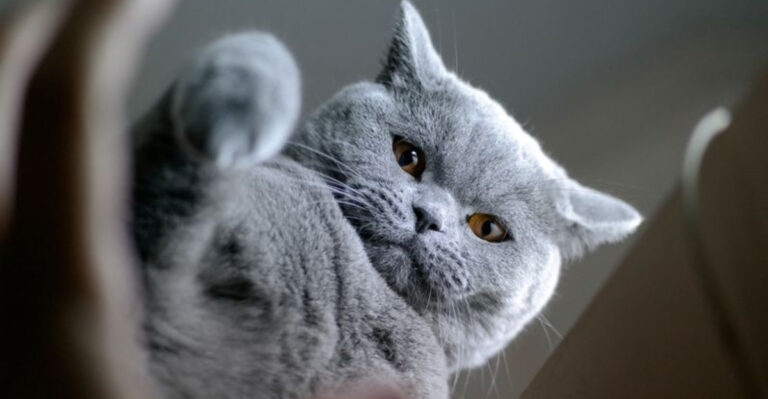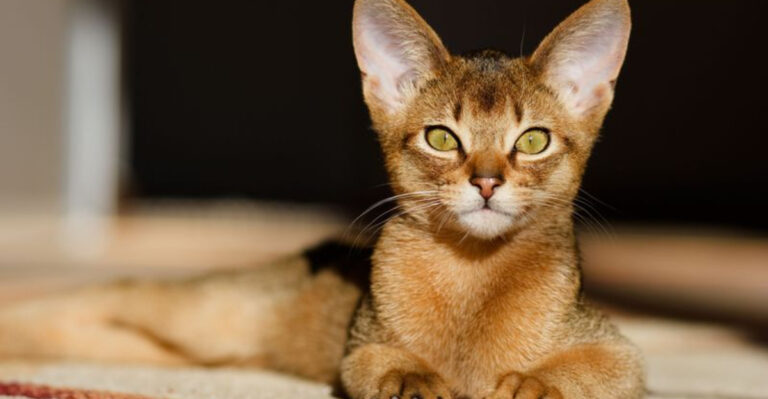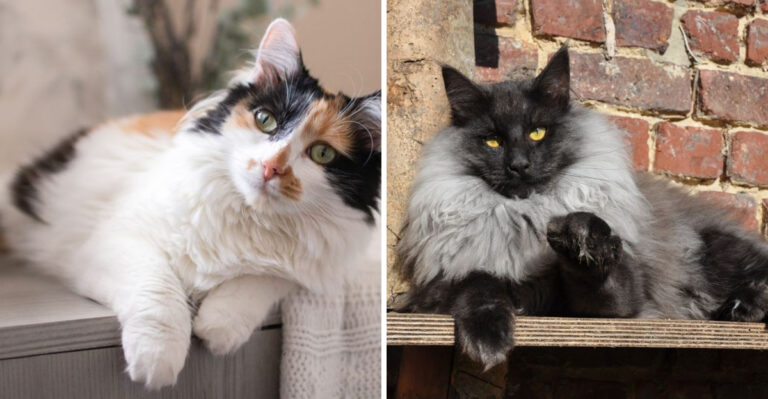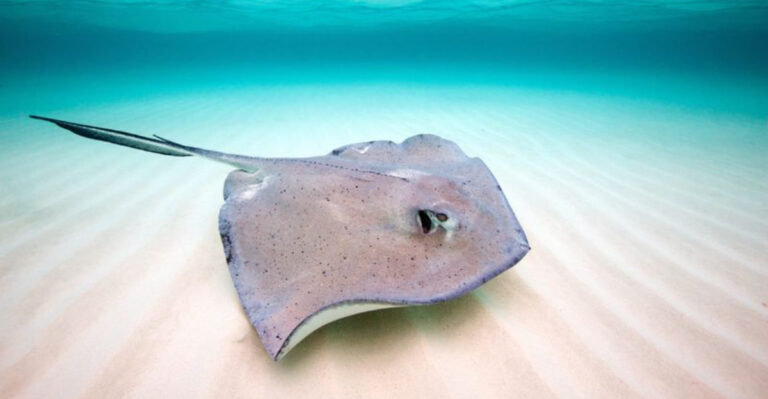Is The Cavalier King Charles Spaniel Right For You? Pros And Cons Of This Charming Breed

Thinking about bringing a Cavalier King Charles Spaniel into your home? These adorable dogs with their silky coats and expressive eyes have captured hearts for centuries.
Originally bred as companions for royalty, they now bring their gentle temperament and loving nature to families worldwide.
Before you welcome one of these charming pups, let’s explore what makes them special and what challenges they might present.
1. Affectionate Shadow Companions
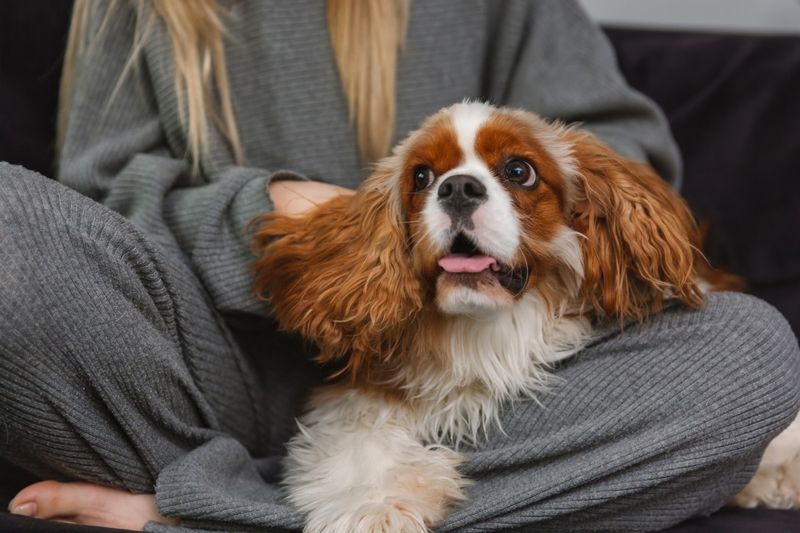
Cavaliers practically invented the term “velcro dog.” These pups form incredibly strong bonds with their humans and will follow you from room to room, always wanting to be where you are. They’ll curl up on your lap while you work, snuggle beside you on the couch, and happily join you for car rides.
This devotion makes them perfect for people seeking a constant companion. However, their attachment can become problematic if you need personal space. Cavaliers may develop separation anxiety if left alone too often, leading to destructive behaviors or excessive barking.
2. Gentle Nature With Children
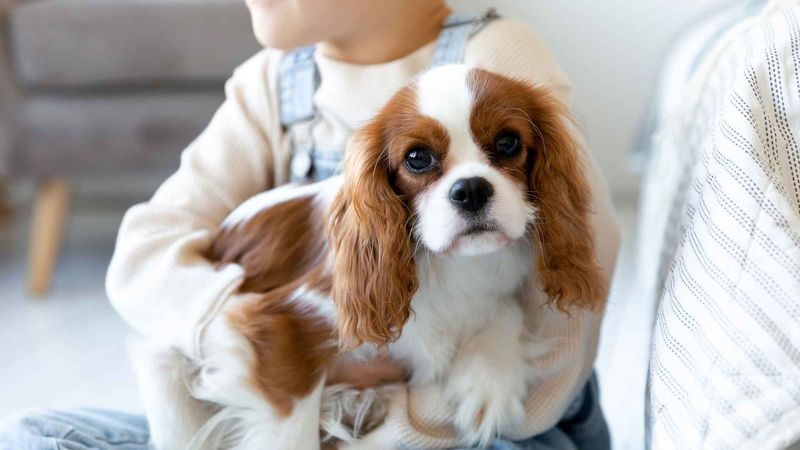
Few dogs match the patience Cavaliers show with kids. Unlike some small breeds that can be nippy or nervous, these sweet-natured dogs typically tolerate the clumsy hugs and loud noises that come with children. Their medium size means they’re substantial enough not to be easily injured but small enough not to knock little ones over.
Parents often marvel at how Cavaliers seem to understand they should be extra gentle around babies. This natural affinity makes them fantastic family dogs. Just remember to teach children proper handling techniques to respect the dog’s comfort.
3. Health Concerns Require Attention

Behind those melting eyes lies a breed with significant health challenges. Heart problems, particularly mitral valve disease, affect nearly all Cavaliers as they age. By age five, over half develop heart murmurs, and by ten, almost all have some degree of heart disease.
Syringomyelia, a serious neurological condition where the skull is too small for the brain, can cause extreme pain. Hip dysplasia, eye issues, and ear infections also commonly plague the breed.
Responsible ownership means budgeting for regular vet visits, potential medications, and possibly expensive surgeries. Pet insurance is strongly recommended for this breed.
4. Grooming Commitment Is Moderate
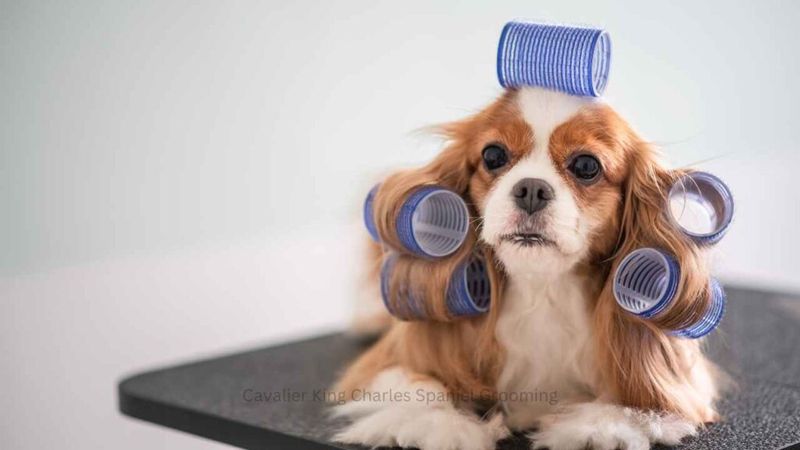
Those gorgeous flowing coats don’t stay beautiful without effort! Cavaliers need brushing several times weekly to prevent mats and tangles, especially behind the ears and in the feathering on their legs. Their silky hair tends to pick up leaves, twigs, and debris during outdoor adventures.
Regular ear cleaning is essential since their floppy ears trap moisture, creating perfect conditions for infections. Teeth brushing should be part of your routine too.
Professional grooming every 6-8 weeks helps maintain their classic look. While not as high-maintenance as some breeds, Cavaliers definitely aren’t wash-and-go dogs.
5. Exercise Needs Are Adaptable
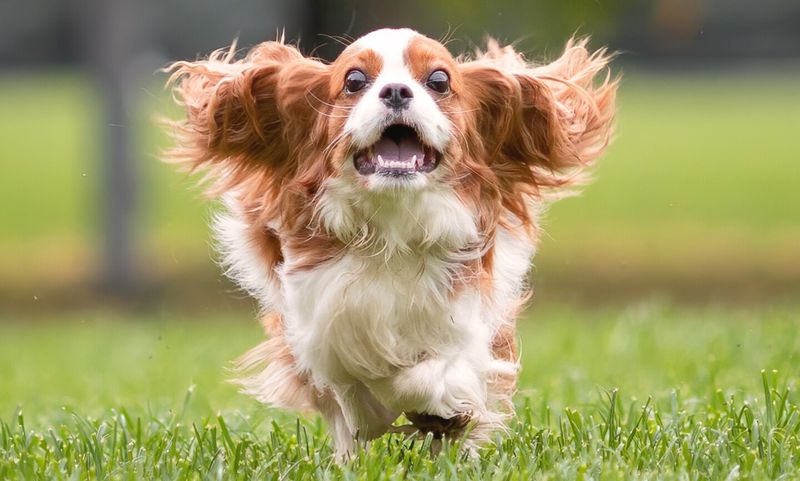
Morning zoomies around the living room followed by a long nap on the couch? That’s the Cavalier way! These dogs have surprisingly adaptable energy levels, happy to match your lifestyle whether active or relaxed. A daily 30-minute walk plus some playtime usually satisfies their exercise requirements.
Cavaliers enjoy short bursts of energy rather than endurance activities. They’ll happily chase balls in the yard but aren’t built for long-distance running.
This flexibility makes them suitable for both apartment living and homes with yards, adapting well to families or seniors with varying activity levels.
6. Training Comes Naturally
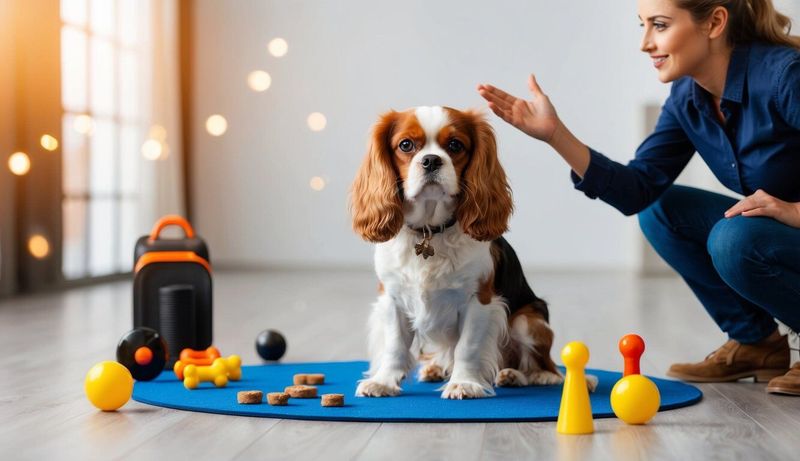
Eager to please and food-motivated, Cavaliers typically pick up commands quickly. Their sweet temperament makes them responsive to positive reinforcement – a treat and an enthusiastic “good dog!” goes a long way. Many owners find housebreaking easier than with other small breeds.
Cavaliers excel in obedience, rally, and even agility competitions despite not being the most athletic dogs. Their people-pleasing nature helps them focus on tasks.
However, their sensitive souls mean harsh corrections can damage their confidence. Gentle consistency works best with these soft-hearted pups who truly want to make you happy.
7. Barking Tendencies Vary Widely
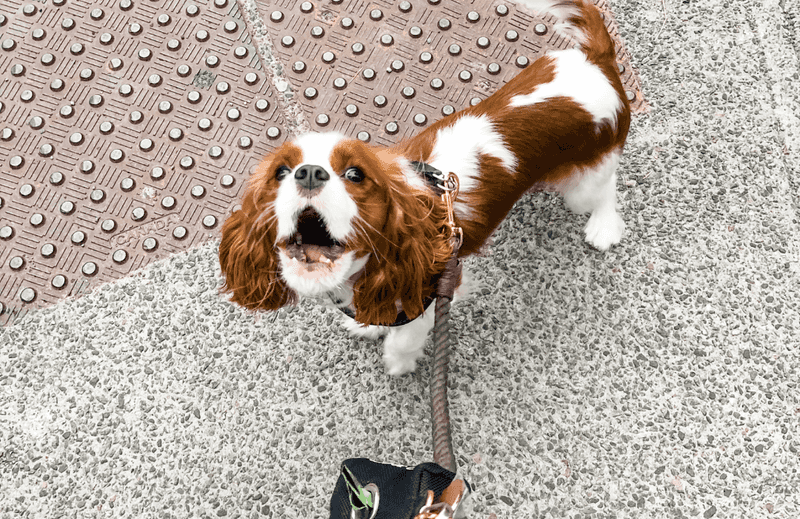
Contrary to what you might expect from a small breed, many Cavaliers are relatively quiet dogs. They’ll typically alert you to visitors with a few barks but rarely become nuisance barkers without reason. This makes them generally good apartment dogs who won’t annoy your neighbors.
Individual personalities vary significantly, though. Some Cavaliers find their voice more often, especially if they develop separation anxiety or get insufficient mental stimulation.
Early training can help manage potential barking issues. Teaching a “quiet” command with positive reinforcement works well with these sensitive, intelligent dogs who aim to please their favorite humans.
8. Food Obsession Creates Challenges

Cavaliers never met a meal they didn’t love – or a crumb, or anything remotely edible! Their food drive is legendary among owners. This breed will happily eat themselves into obesity if allowed, creating serious health complications for a dog already prone to heart issues.
Counter-surfing, garbage-raiding, and begging with those irresistible eyes are common Cavalier behaviors. Their food fixation means they’ll often ignore commands when snacks are involved.
Strict portion control, secure food storage, and training everyone in the household not to give in to begging are essential. Weight management must be a priority throughout their lives.
9. Compatibility With Other Pets
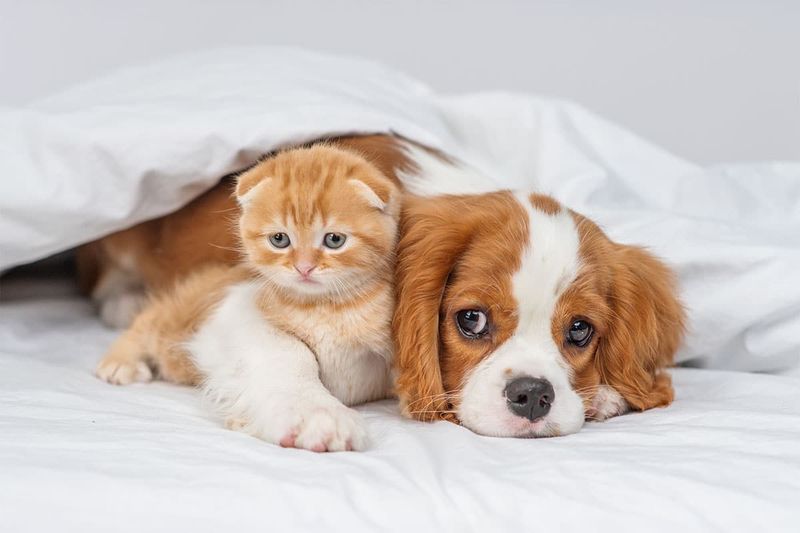
Got cats? Other dogs? Even small pets like rabbits? Cavaliers typically get along wonderfully with the whole menagerie! Their hunting instincts are generally mild compared to many breeds, and their friendly nature extends to animals of all kinds.
Early socialization helps, but even adult Cavaliers often accept new animal family members with minimal fuss. Their non-aggressive temperament makes multi-pet households run smoothly.
This adaptability stems from their breeding history as companions rather than working dogs. They prefer making friends to establishing dominance, making them peaceful additions to homes with existing pets.
10. Lifespan Considerations Are Bittersweet
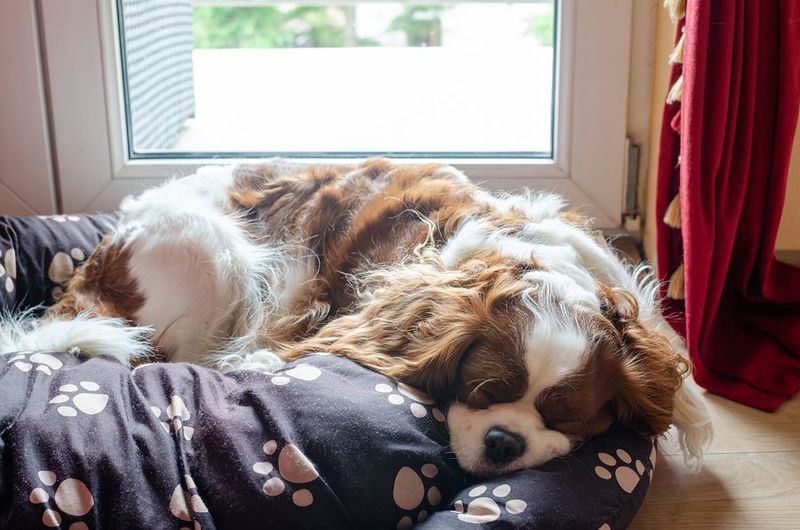
Cavaliers typically live between 9-14 years, which is average for their size. However, their health issues often mean the later years require significant medical management. Heart disease frequently shortens their lives compared to healthier small breeds.
Choosing a Cavalier means accepting potential heartbreak earlier than you might with some other dogs. The flip side? These dogs pack enormous love into every day they’re with you.
Responsible breeding practices are slowly improving health outcomes. Finding a breeder who tests for genetic conditions and can show generations of healthy ancestors gives your Cavalier the best chance at a longer, healthier life.
11. Royal History Shapes Personality
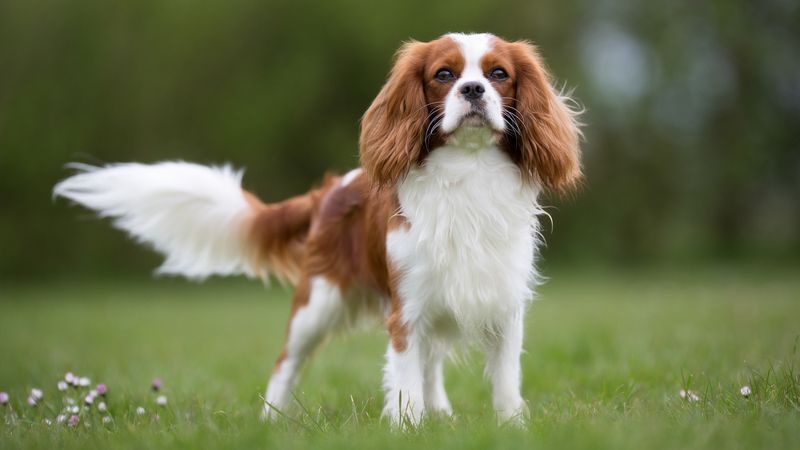
Cavaliers carry themselves with a quiet dignity that reflects their noble heritage. Named after King Charles II of England, who adored these dogs so much they followed him everywhere – even into Parliament! Their aristocratic background explains their adaptability to both palace life and modern apartments.
Unlike some toy breeds bred purely for looks, Cavaliers were companions to royalty, expected to be well-mannered and adaptable. This history created dogs that combine elegance with practicality.
Their gentle demeanor and beautiful appearance continue to charm people worldwide, just as they did in the royal courts centuries ago.
12. Financial Investment Is Significant

Beyond the initial purchase price of $1,500-$4,500 from a reputable breeder, Cavaliers often become expensive family members. Their numerous health issues mean vet bills can quickly add up, especially as they age. Heart medications, specialist visits, and potential surgeries are common expenses.
Professional grooming every 6-8 weeks costs around $50-75 per session. High-quality food appropriate for their sensitive digestive systems adds another ongoing expense.
Pet insurance is practically essential for this breed, adding $30-100 monthly depending on coverage. Be financially prepared before bringing home these adorable but potentially costly companions.

